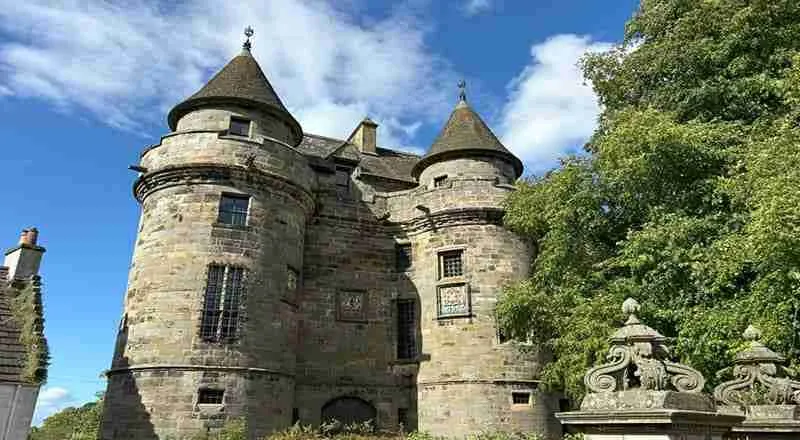
You may have heard about the historic Falkland village because of its connections with the series ‘Outlander’. Actually, my friend’s fair trade gift shop window, Fayre Earth, was featured in the first episode. If you are ever in the area, do drop by!
But Falkland is more than just a film set—it boasts one of the oldest tennis courts in Britain and a history that stretches back to prehistoric times. Stay a while and read up on the history of this ancient village.
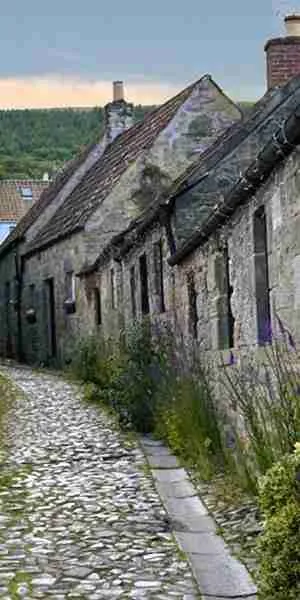
Where is Falkland in Scotland?
Located in Fife, about 20 miles southwest of St Andrews, this village is full of history. Its most popular attraction is Falkland Palace, a stunning example of Renaissance architecture.
The village itself has retained much of its historical charm, making it a must-visit for anyone interested in history.
What does Falkland mean?
The name Falkland likely comes from the Gaelic word Falach, meaning ‘hidden’, perhaps the area was a hidden gem. Certainly today it is definitely a hidden gem worth visiting. However, some sources suggest it could be from an old English word for falcon, hinting at the area’s hunting past.
The history of Falkland village
Prehistoric and Roman times
Evidence of prehistoric settlements, including standing stones, and Roman artifacts such as coins, reveal a long history of habitation and activity in the area.
Medieval period
Falkland Castle was a royal hunting lodge and residence by the 12th century. It was owned by the influential MacDuff family. In fact, this period is interesting for family historians tracing lineages connected to Scottish nobility.
Stuart period
In 1458, the Royal Burgh of Falkland was established, and the castle was rebuilt into a palace under King James IV. It was completed by his son, King James V, in the early 16th century. Actually, James V died at the palace in 1542. The palace became a favourite retreat for the Stuart monarchs, particularly Mary Queen of Scots, who was a frequent visitor.
Falkland Palace and gardens are beautiful for their Renaissance architecture with French and Scottish styles. Also, it has the oldest tennis court that is still played on. It was built in the early 1500s – amazing, isn’t it?
From decline to conservation
After the union of the English and Scottish crowns in 1603, the palace’s significance declined. However, it was restored in the 19th and 20th centuries and is now managed by the National Trust for Scotland.
Industries of yesteryear
Once upon a time, this quaint village was thriving with industries including:
- St John’s Linoleum Works
- Pleasance Linen Factory
- Gas Works
- Bonthrone’s Brewery at Newton Falkland
Fife Archives and the National Records of Scotland may hold records of these industries. Exploring these industries will help you better understand the daily lives of your ancestors who might have lived and worked in Falkland village.
Today’s Falkland village
Now a conservation area, Falkland village preserves much of its historic architecture, attracting tourists and family historians alike. Falkland Palace, with its stunning gardens and historic tennis court, is a highlight of any visit. And don’t forget my friend’s shop!
The village offers preserved historical streets and buildings. For family historians, it is a unique opportunity to walk in the footsteps of your ancestors.
Thank you for joining me on an another historical journey into a Scottish village – my last one was on Alloa. Please remember to leave a comment below and if you want me to write about a Scottish village or town, then let me know.
Good luck with your Scottish family tree.
Until my next post, haste ye back.
Enjoyed this post?
Keep up-to-date with my latest posts and tips below:
We hate SPAM & promise to keep your details safe.
You may also like...
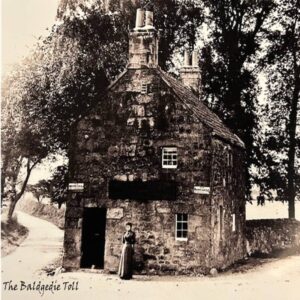
The Life of a Tollkeeper
A tollkeeper was a person who collected road fees from travellers. This old occupation was prominent during the 18th and 19th centuries.
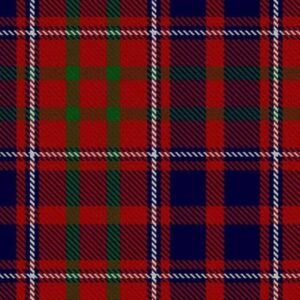
Cameron Surname: Origin, Meaning & History
The Cameron surname has Gaelic origins and it is associated with Clan Cameron, one of the most influential Highland clans.
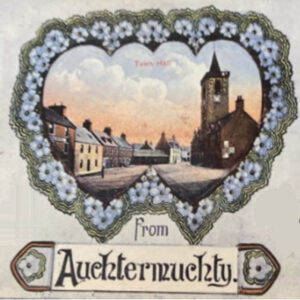
Ancestral Visit to Auchtermuchty, Fife
Auchtermuchty in Fife is known as Muchty to locals. What does Stratheden Whisky, Jimmy Shand and the Proclaimers have in common?
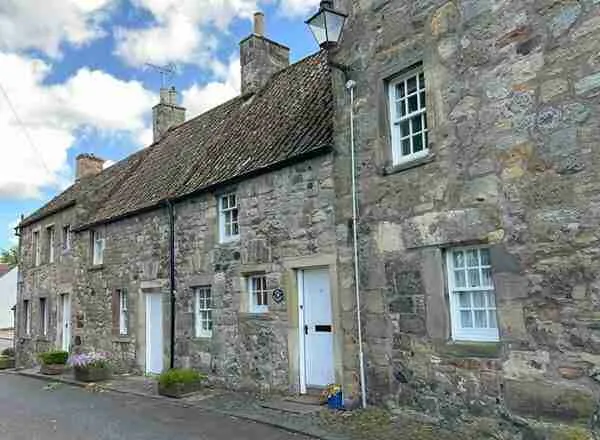
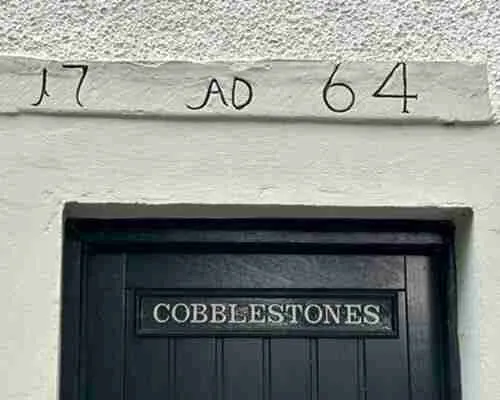
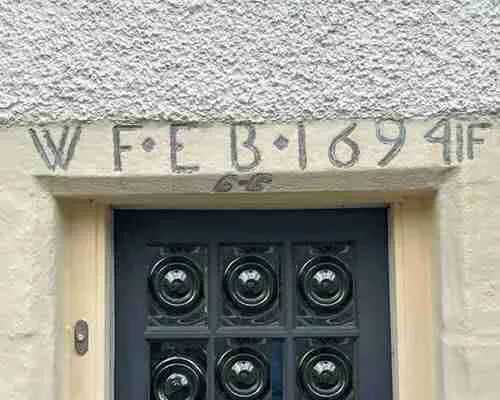
Dear Sarah,
Can you share information about the Village of Cowal that was founded by the Black Taylor. Does it still exist, any remnants left, do people live there still? Before I travel again to Scotland to see that area, I’d like to know if there is anything to see. Ha
Thank you,
Linda Taylor Goelz
Hello Linda
Thank you for your comment! Cowal is indeed a peninsula in the Argyll and Bute region on the west coast of Scotland. I searched the old maps from the National Library of Scotland (https://maps.nls.uk/) but couldn’t find a specific village named Cowal. While it is known Black Taylor settled in the Cowal area, pinpointing the exact location is challenging.
Although I couldn’t provide more details, I would encourage you to visit Scotland—it’s a truly beautiful and historically rich place to explore.
Sarah
Do you know anything about Maria Esperanza Douglas, born in Falkland on Sept 18 1795, died in Agra, India in 1856. She repuredtly had links to the Spanish Royal family and is my great great great grandmother!
Nigel Dawson
Hello Nigel
That sounds like an amazing lineage. I found Maria’s parents who were Archibald Douglas and Maria Florie. The Falkland society may have some information – here is their website: https://falklandsociety.org.uk/
A Spanish genealogist may also be able to help you.
Have you tried Ancestry and FindmyPast?
Best of luck with your research
Sarah